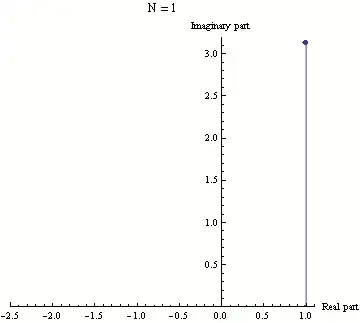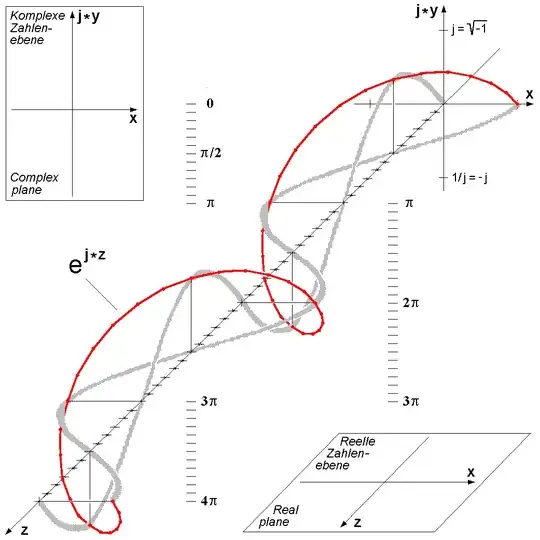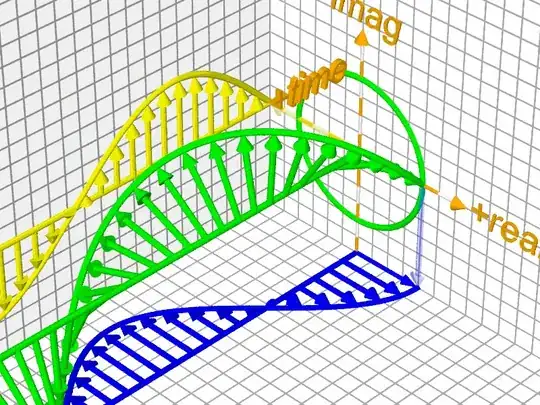The answers so far give interpretations of the exponential as a limit of discrete approximations. An alternative interpretation is that any continuous map that takes addition to multiplication on the complex line and takes reals to reals has a purely imaginary kernel isomorphic to the integers. The constant $e$ arises from a normalization for which unit speed paths on the imaginary axis are taken to unit speed paths on the unit circle, and $\pi$ then shows up as a path length. One way to emphasize the additive-multiplicative relationship is to expand the formula as: $e^{\pi i-0i} = -1/1$.
Here is a more formal treatment: Both $(\mathbb{C}^\times, \times)$ and $(\mathbb{C}, +)$ are one dimensional analytic groups, and the latter is simply connected, so there is a universal covering homomorphism $\exp: \mathbb{C} \to \mathbb{C}^\times$ from the additive group to the the multiplicative group. The homomorphism is unique once we choose a normalization, e.g., by demanding that it is analytic and satisfies the differential equation $\partial_z \exp = \exp$. The differential equation can be related to the homomorphism, after choosing coordinates, by considering the respective formal group laws, or just reasoning heuristically with infinitesimals.
Claim 1: The function $\exp$ takes purely imaginary numbers to elements of unit norm.
Proof: The function $\exp$ takes additive inverses to reciprocals (because it is a homomorphism), and complex conjugates to complex conjugates (because it is defined over the reals). By composing, we find that reflection in the imaginary axis is taken to unit circle inversion, and fixed points are taken to fixed points.
Remarks: Note that the only part of the normalization we used here was the fact that $\partial_z \exp$ is a real multiple of $\exp$. The "defined over the reals" bit may be unsatisfying to some, but the conjugation behavior can be verified directly by expanding as a power series that converges everywhere, and checking that the coefficients are real. One can also prove the claim by more direct methods, such as applying the above differential equation to grind out the identity $\frac{\partial}{\partial y} | \exp(iy) |^2 = 0$.
Claim 2: $\exp(\pi i) = -1$.
Proof: By combining the previous claim concerning unit norms with the differential equation $\partial_z \exp = \exp$, we conclude that $\exp$ takes any unit speed path on the imaginary axis to a unit speed path on the unit circle. We have $\exp(0) = 1$ by the homomorphism assumption, and the length of a minimal path from $1$ to $-1$ on the unit circle is $\pi$.
Remarks: Depending on how $z \mapsto e^z$ is defined, one may still have to check that it agrees with $\exp$, but this isn't a big deal. I tried to avoid choosing square roots of minus one as much as possible, but the statement of the identity makes it a bit difficult to maintain such discipline.


